It is incredible how little information science has on the deep seabed, Biologists estimate that there is more than 70% on our planet that has not yet been explored because we do not have the necessary technology, I as a scientist have so many questions regarding the forms of life that inhabit these extreme ecosystems, my question is: the world invests so much money in exploring the universe instead of using it to get to know our planet better, is there an animal down there with some property that helps cure cancer? It is difficult to know that answer but in my post we are going to learn about abyssal ecology!🤩😍🧠🧠
Es increible cuanta poca informacion tiene la ciencia en el lecho marino profundo, los Biologos estiman que existe mas de un 70% en nuestro planeta que aun no ha sido explorado debido a que no poseemos la tecnologia necesaria, yo como cientifico tengo tantas interrogantes respecto a las formas de vida que habitan estos ecosistemas extremos, mi pregunta es: el mundo invierte tanto dinero en explorar el universo en vez de usarlo para conocer mejor nuestro planeta, existira alla abajo algun animal con alguna propiedad que ayude a curar el cancer? es dificil de saber esa respuesta pero en mi post vamos aprender sobre la ecologia abisal!🐠🐟🦐🦑🐙🦀
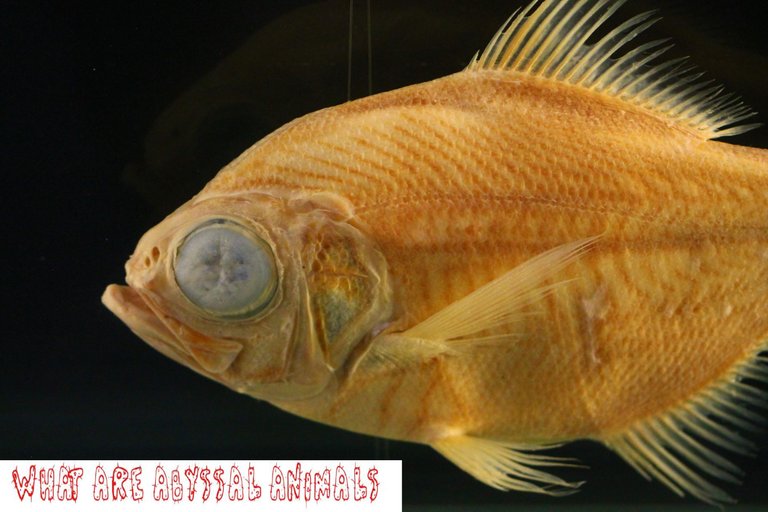
MYSTERIES OF THE DEPTHS🌊🌊/MISTERIOS DE LAS PROFUNDIDADES🤯🐡
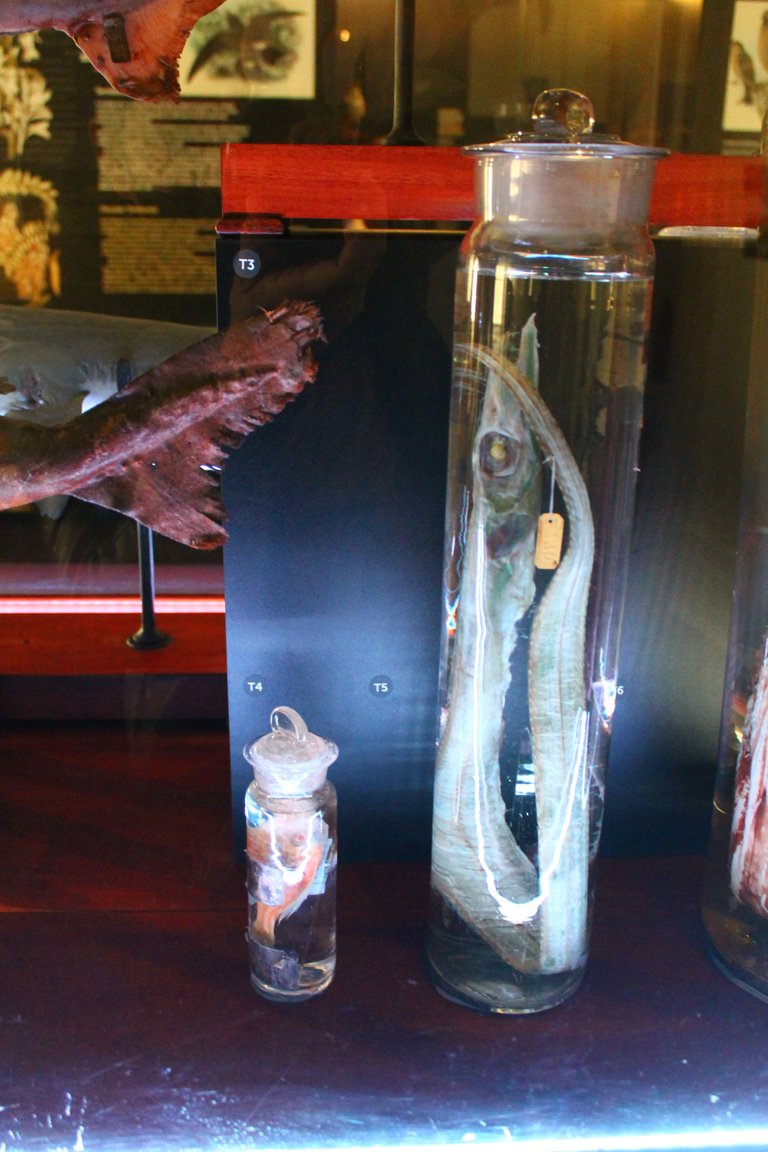
I want to first clarify that not all the animals that I show belong to great depths, I show them because of their very strange appearance and these characteristics are remarkable in the abyssal fauna, at a depth of more than 2000 meters where the sun cannot illuminate the seabed in At this point there is a diversity of animals and plants that exceed the limit of animal adaptation and evolution, of course in the sense that they live in very extreme conditions, with very low temperatures and enormous pressure where a robot cannot even reach, at the same time. the abyssal fauna is very primitive since the animals only maintain their most basic needs to feed and reproduce, we do not see a complex social system, we do not see an interaction! here at these depths or you learn to camouflage or you are food!😬🤯
Quiero primero aclarar que no todos los animales que muestro pertenecen a grandes profundidades, los muestro por su aspecto muy extraño y estas caracteristicas son destacables en la fauna abisal, a una profundidad de mas de 2000 metros donde el sol no puede iluminar el fondo marino en este punto existe una diversidad de animales y plantas que sobrepasan el limite de la adaptacion y evolucion animal, claro en el sentido que viven en condiciones muy extremas, con temperaturas muy bajas y una enorme presion donde un robot ni siquiera puede llegar, al mismo tiempo la fauna abisal es muy primitiva ya que los animales solo mantienen sus necesidades mas basicas alimentarse y reproducirse, no vemos un sistema social complejo, no vemos una interaccion! aqui a estas profundidades o te aprendes a camuflagear o eres comida!💥💥

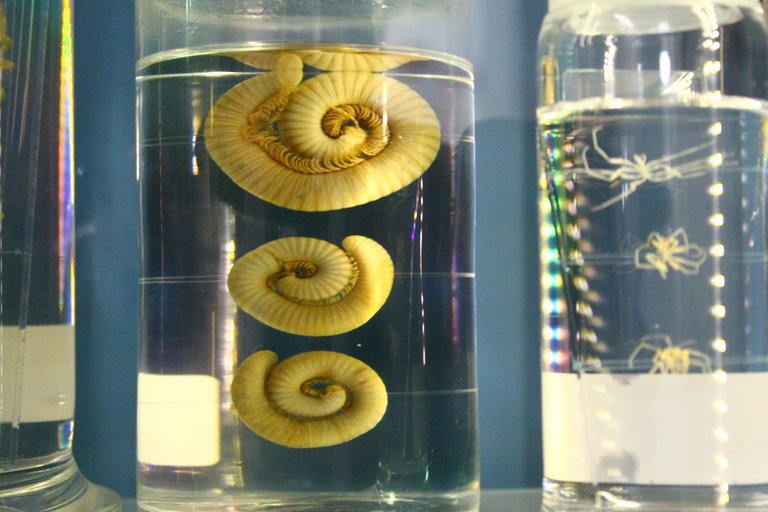
To give us an idea of how difficult it is to live in these depths, autotrophic species such as plants need sunlight to carry out their biological processes, the big problem is that the incidence of UV rays cannot travel so deep and is For this reason, plants and microalgae basically cannot survive in these conditions; This makes food difficult so it is scarce at these depths, even though there is a lot of biological life. To survive in these difficult conditions, all the life that lives here had to adapt to a habitat without light! totally dark! Remember that horror movie about monsters that evolved to live in caves without light and depend on your hearing? something similar happens with the abyssal animals, each one has its survival technique!💥💥🤔
Para que tengamos una idea de la dificultad que es vivir en estas profundidades las especies autotrofas como las plantas necesitan de la luz solar para poder realizar sus procesos biologicos, el gran problema es que la incidencia de los rayos UV no pueden viajar tan profundo y es por ello que las plantas y microalgas basicamente no pueden sobrevivir en estas condiciones; esto dificulta el alimento por lo que escasea en estas profundidades, apesar de que SI hay bastante vida biologica. Para sobrevivir en estas condiciones tan dificiles toda la vida que habita aqui debio adaptarse a un habitat sin luz! totalmente a oscuras! recuerda aquella pelicula de terror de unos monstruos que evolucionaron para vivir en unas cuevas sin luz y depender de su audicion? algo similar sucede con los animales abisales, cada uno tiene su tecnica de supervivencia!😏😨

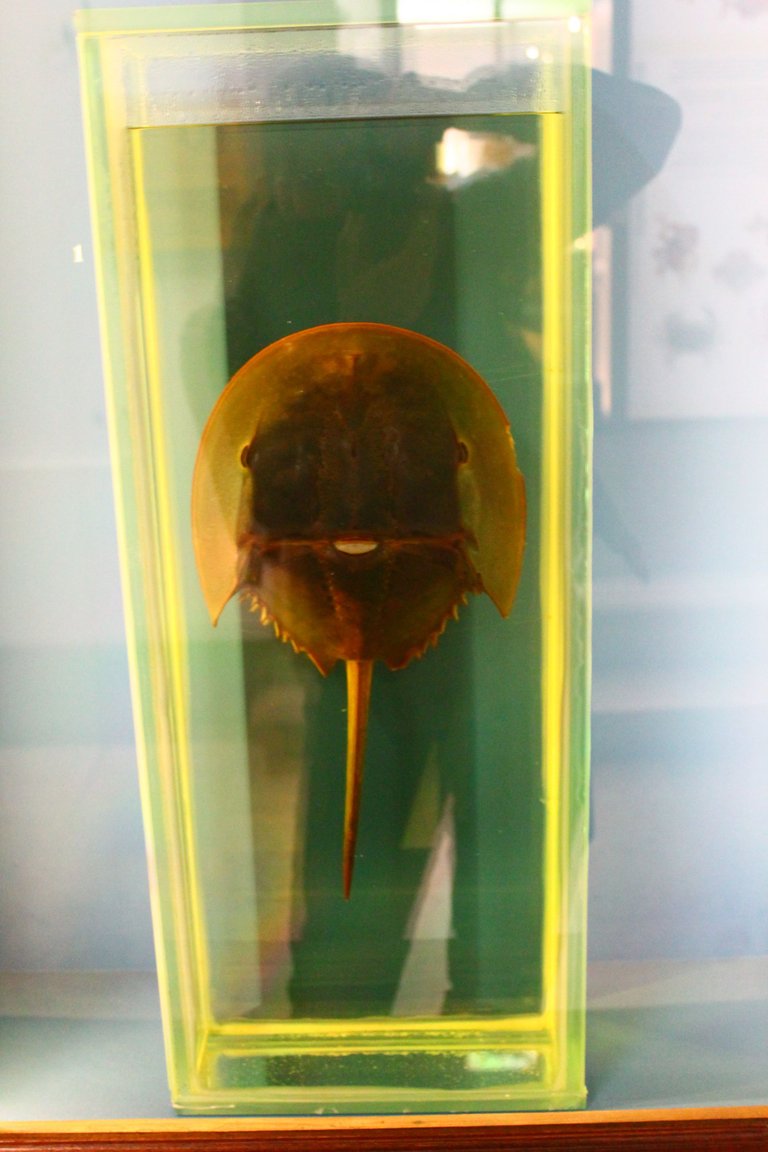

Not only the abyssal fauna must develop survival mechanisms to escape predators or attract prey Their anatomy must be adapted to withstand very high pressures and temperatures between 0 degrees or less, there are fish that more than 2700 meters deep must withstand more than 280 atmospheres of pressure on them, this is incredible! many fish that live at these depths have very soft bones, they are not porous like ours so the pressure exerted by the environment does not break them! The main organ that helps the buoyancy of a fish is the "swim bladder" which is filled with air, at these depths fish do not have a swim bladder or would it explode, so we wonder? How do the fish here float or sink?
No solo la fauna abisal debe desarrollar mecanismos de supervivencia para escapar de depredadores o atraer a las presas
, su anatomia debe estar adaptada para soportar presiones muy altas y temperaturas de entre 0 grados o menos, hay peces que a mas de 2700metros de profundidad deben de soportar mas de 280atmosferas de presion sobre ellos, esto es increible! muchos peces que habitan a estas profundidades tienen huesos muy blandos, no son porosos como los nuestros asi la presion que ejerce el ambiente no los rompe! el organo principal que ayuda a la flotabilidad de un pez es "la vejiga natatoria" que esta llena de aire, en estas profundidades los peces no tienen vejiga natatoria o explotaria, entonces nos preguntamos? como hacen los peces aqui para flotar o hundirse?

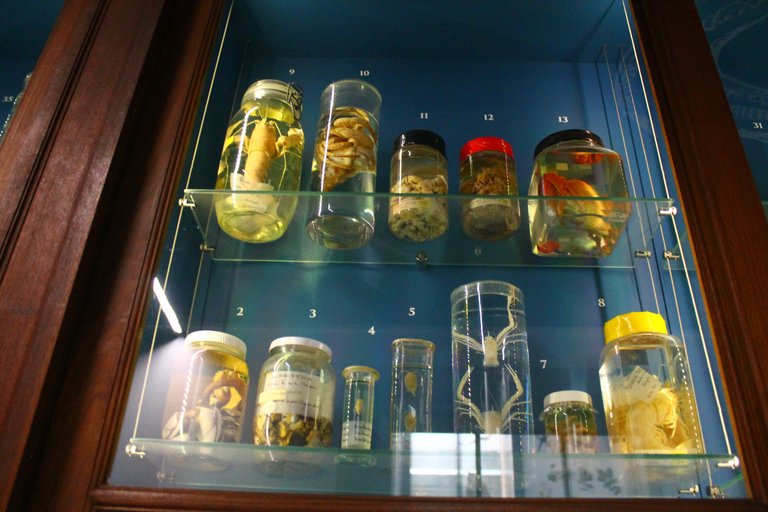

Many fish, in order to carry out the usual movements without a swim bladder, had to take another path and in that case it is their "skin". Most of the skin in animals at these depths is not hard, on the contrary it is very soft or gelatinous. This property makes their density much lower than salt water, which allows them to float or swim to the bottom, this breaks any principle of adaptation of fish with bones, since there can be no support for organs without bones! normally these animals become infatuated when there is sudden movement around them!🤔🤔
Muchos peces, para poder realizar los movimientos habituales sin vejiga natatoria debieron tomar otro camino y en esa caso es su "piel", la piel en los animales de estas profundidades en su mayoria no es dura, todo lo contrario es muy blanda o gelatinosa, esta propiedad hace que su densidad sea mucho menor que el agua salada lo que les permite flotar o nadar hacia el fondo, esto quiebra cualquier principio de adaptacion de los peces con huesos, ya que no puede existir ningun soporte a organos sin huesos! normalmente estos animales se inchan cuando hay movimiento bruscos a su alrededor!👨🏫👨🎓

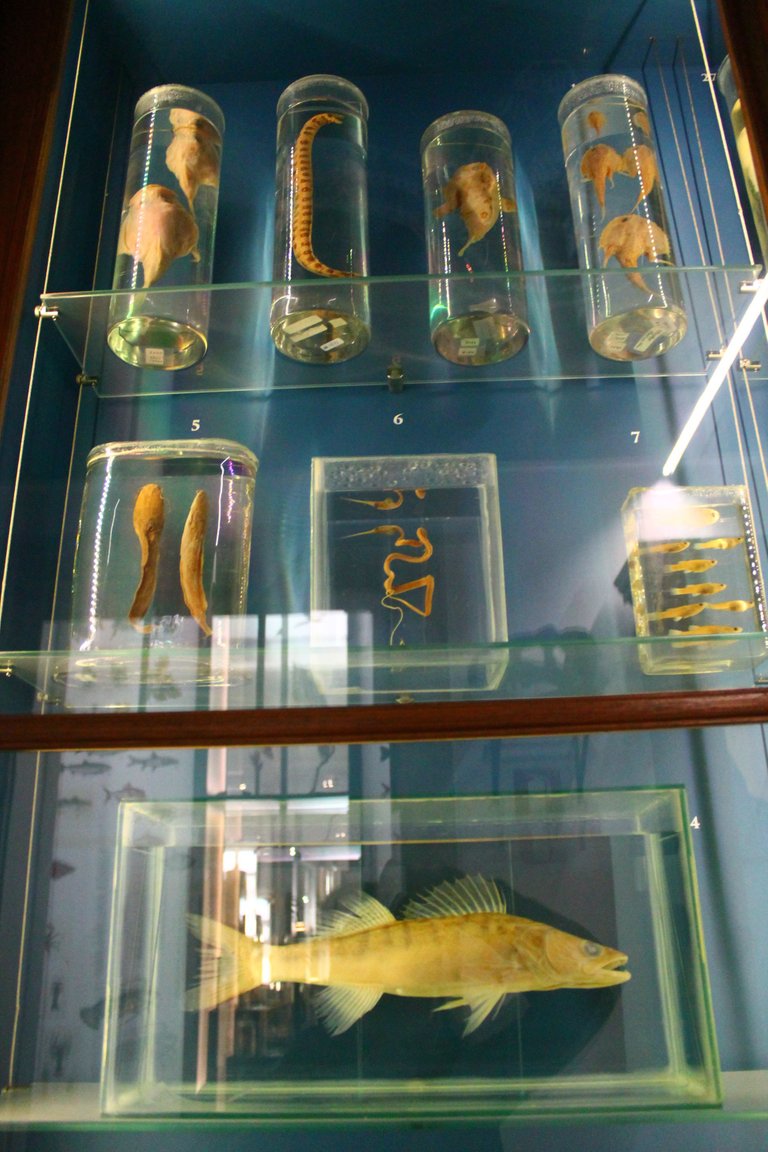

Despite the fact that fish and other animals are machines of adaptability and survival, there are other living beings that take their work more seriously and are even more difficult to be overcome and we refer to anemones! There is a rule that is respected by all abyssal organisms "you should never explore the surface", that is why discovering new species is very difficult and a great mystery! The cause of being animals that are very strange in appearance and quite dark is due to the pressure that exists on the seabed, but let's not be fooled, not all the species here are small, there is a biological term called "abyssal giants" and they are animals that they grow enormously! For the most part, the abyssal have a very primitive and basic anatomical system, with a mouth and a stomach!🕵️♀️🕵️♂️👨🏫
apesar de los peces y otros animales ser maquinas de adaptabilidad y supervivencia hay otros seres vivos que llevan su trabajo con mas seriedad y son aun mas dificiles de ser superados y nos referimos a las anemonas! hay una regla que es respetada por todos los organismos abisales "nunca se debe explorar la superficie", es por ello que descubrir nuevas especies es muy dificil y un gran misterio! la causa de ser animales muy extraños de apariencia y bastantes tenebrosos es por la presion que existe en el fondo marino, pero no nos dejemos engañar, no todas las especies aqui son pequeñas, hay un termino biologico llamado "gigantes abisales" y son animales que crecen descomunalmente! en su mayoria los abisales tienen un sistema anatomico muy primitivo y basico, con boca y estomago!🤓🐡🦑🦑

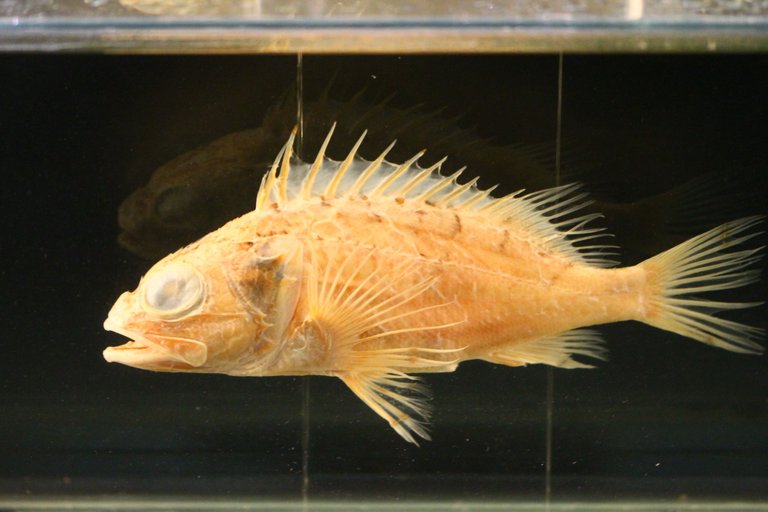
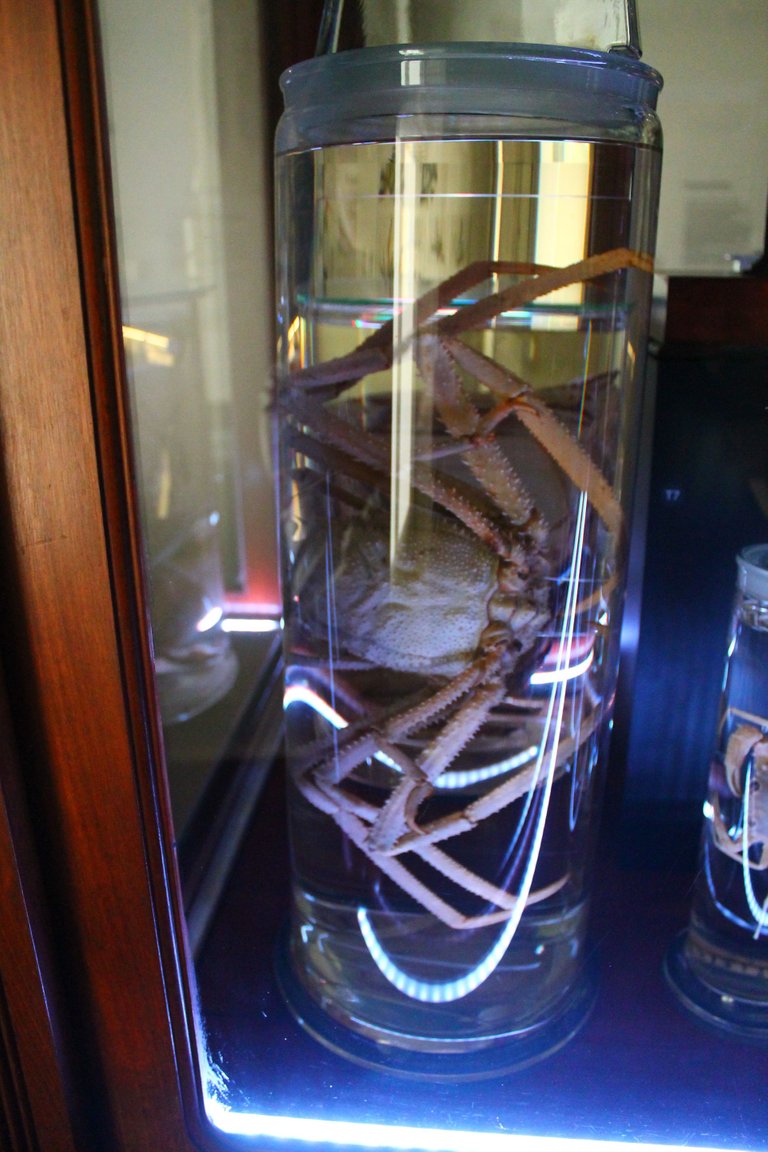
MONSTER FISHES🌊🌊/PECES MONSTRUOS🤯🐡
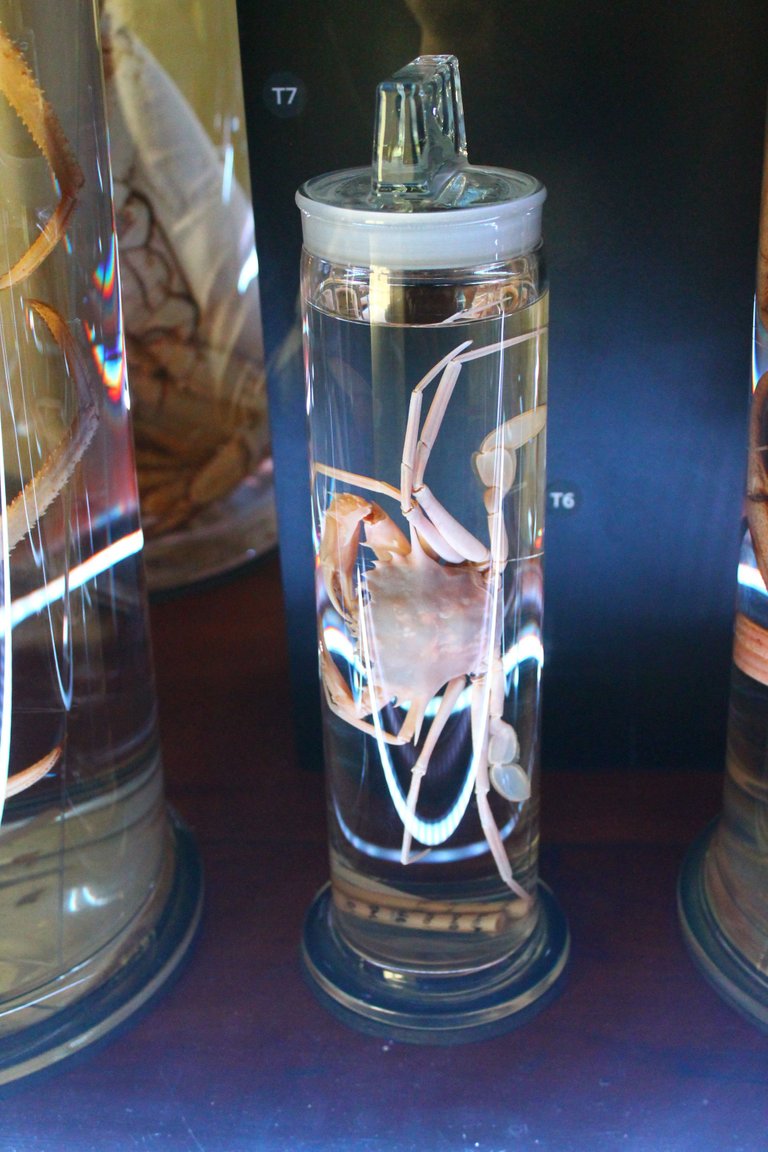
That's how it is! It is another name by which abyssal animals are known as sea monsters, because of their horrifying appearance, as I mentioned earlier they have a very strange appearance, and are flexible, but asexual reproduction rarely occurs here, many abyssal animals have sexual reproduction with dimorphism, bone there is a male and a female in each species, something similar in birds almost always the male is smaller in size than the female, remember that vitamin D is essential in the bones, but without the sun it is difficult to form "bones "like ours! What is the use of these animals to have colors in their bodies? if everything is dark? This has pushed evolution to acquire a transparency like seeing a jellyfish, or quite dark colors.👨🏫👨🎓
Asi es! es otro nombre al cual se les conoce a los animales abisales como monstruos marinos, por su horripilante aspecto, como lo mencione anteriormente tienen un aspecto muy extraño, y son flexibles, pero aqui rara vez ocurre la reproduccion asexual, muchos animales abisales tienen reproduccion sexual con dimorfismo, osea hay un macho y una hembra en cada especie, algo similar en las aves casi siempre el macho es menor en tamaño que la hembra, recordemos que la vitamina D es indispensable en los huesos, pero sin sol dificilmente se forman "huesos" como los nuestros! de que le sirve a estos animales poseer colores en su cuerpo? si todo esta oscuro? esto a empujado a la evolucion a adquirir una transparencia como ver una medusa, o colores bastante oscuros.🖤🤎

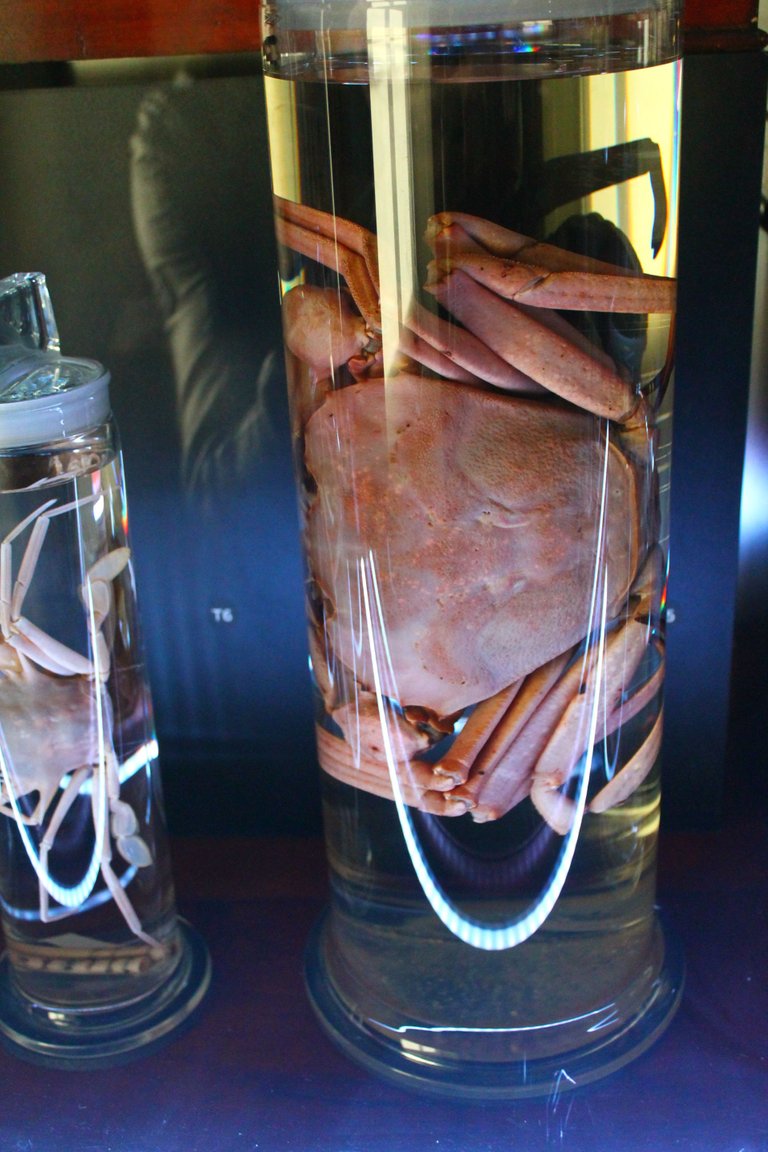
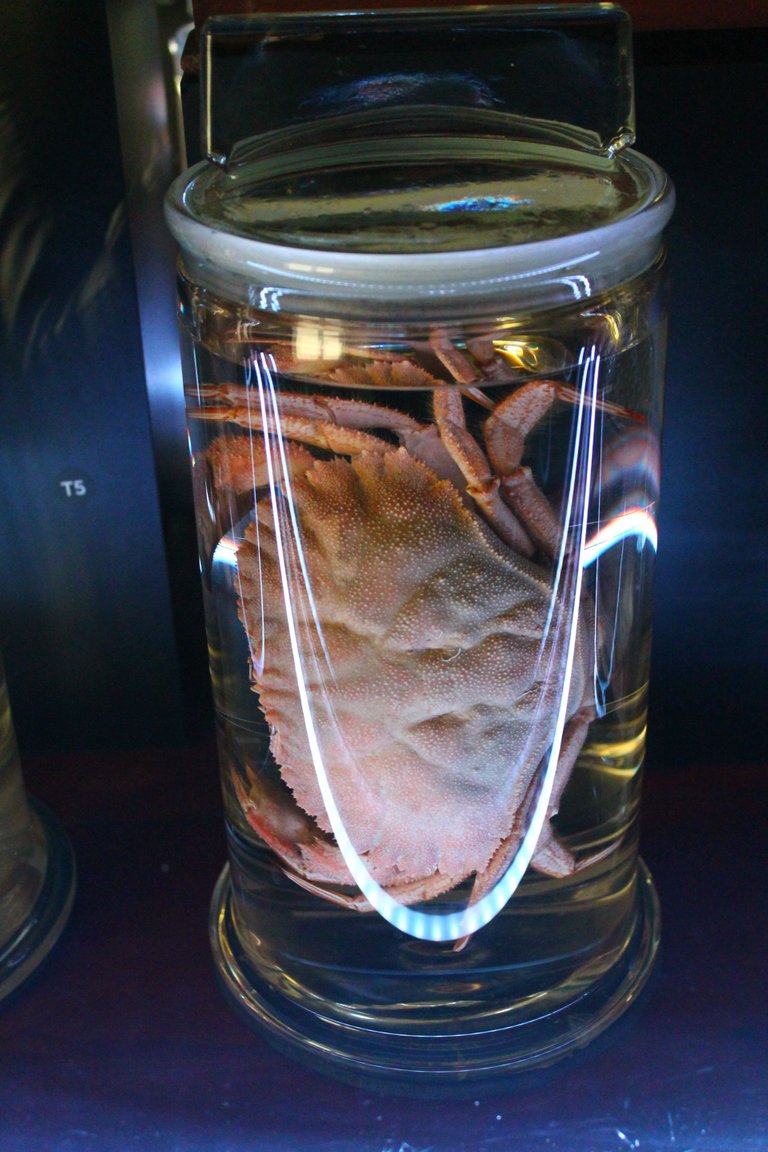
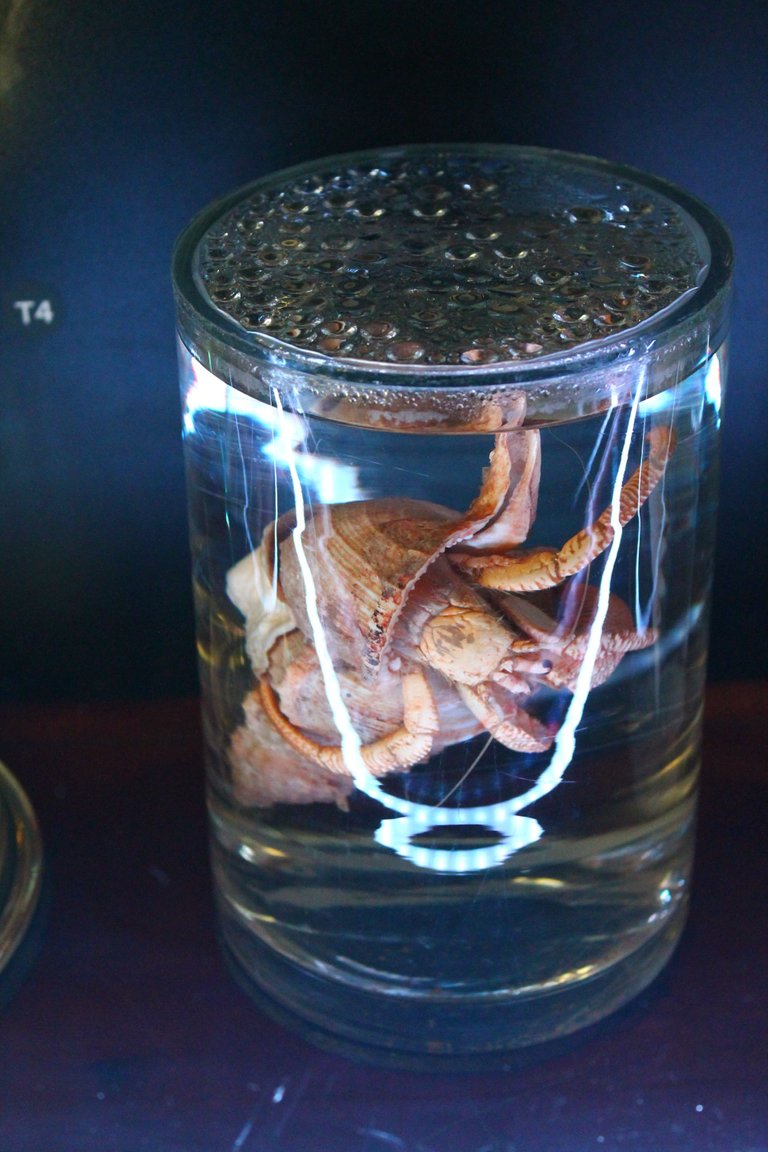
If I asked you these animals have eyes, what would you answer? You would probably say no, because natural selection and adaptation tells us that when an organ is not used, it begins to lose its functionality, but in this almost there is the presence of eyes and they can exist in different shapes and sizes, they consist of a layer on the retina called (tapetum), which has the ability to filter flashes of light and to locate its prey or its predators!👀👀👀
Si te preguntara estos animales tienen ojos que responderias? probablemente dirias que no, porque la seleccion natural y a adaptacion nos dice que un organo al no ser usado comienza a perder su funcionalidad pero en este casi si hay presencia de ojos y pueden existir de diferentes formas y tamaño, constan de una capa en la retina llamada (tapetum), que tiene la capacidad de filtrar destellos de luz y poder ubicar sus presas o sus depredadores!🧠💥

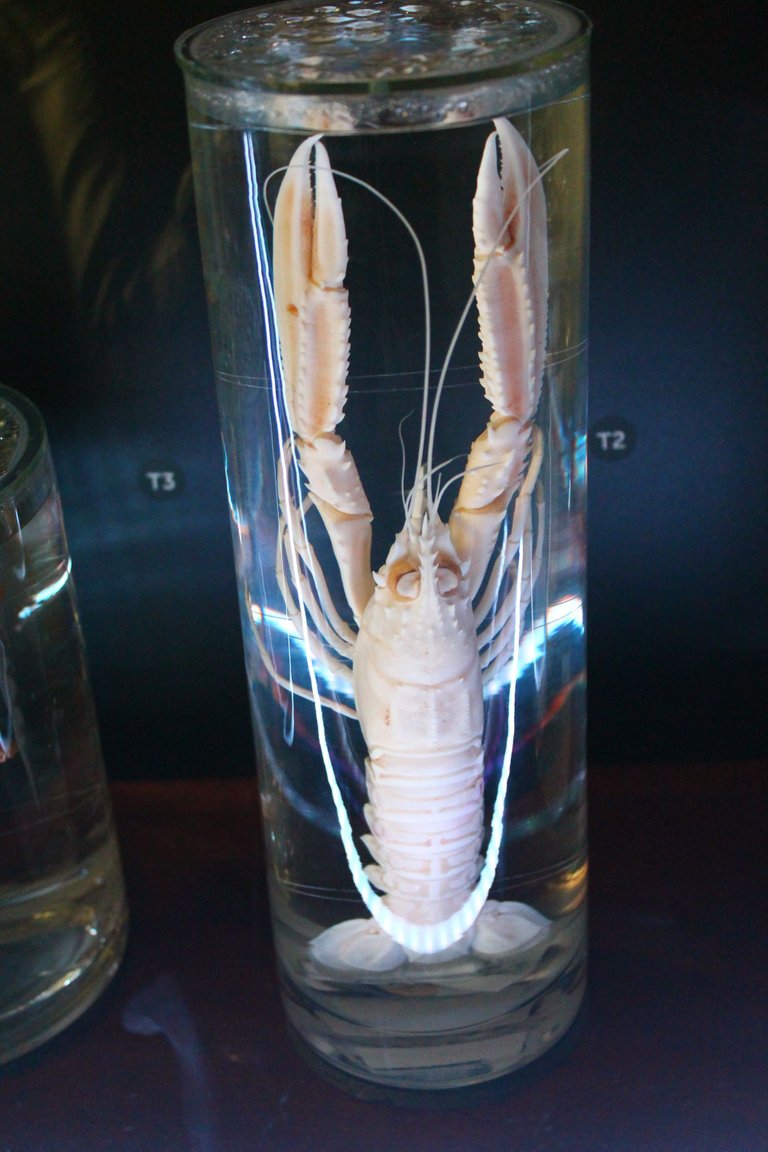
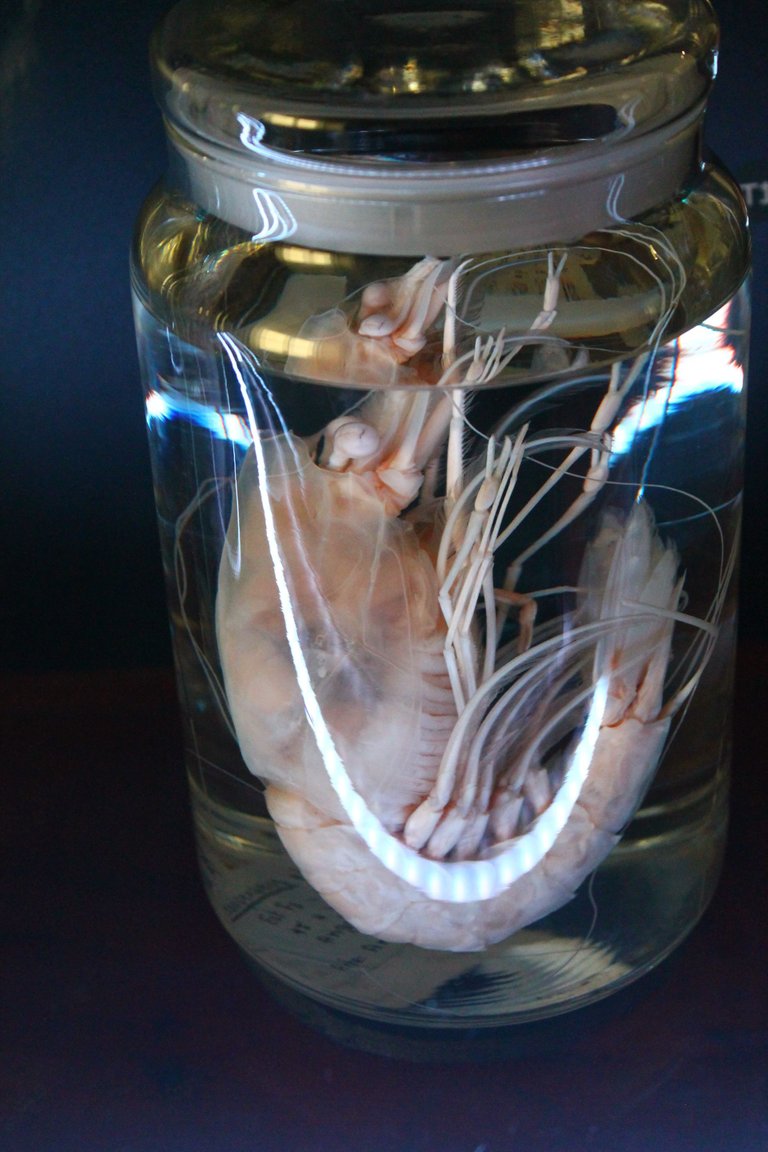
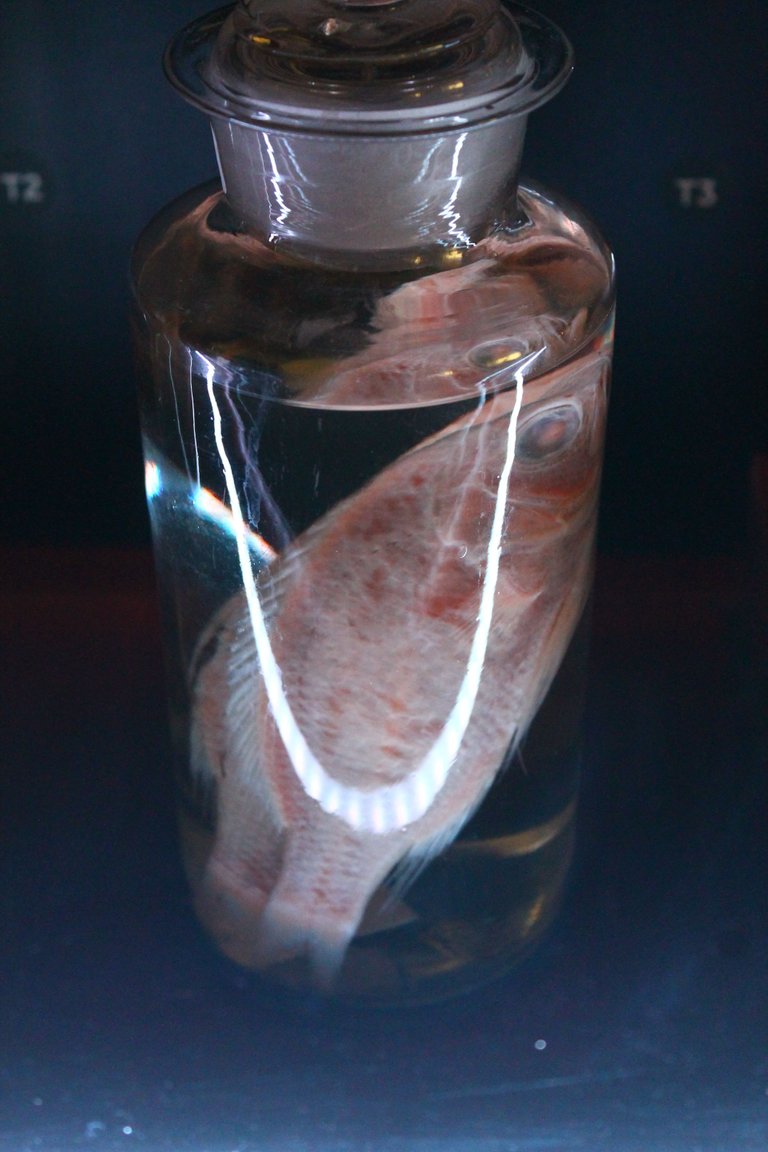
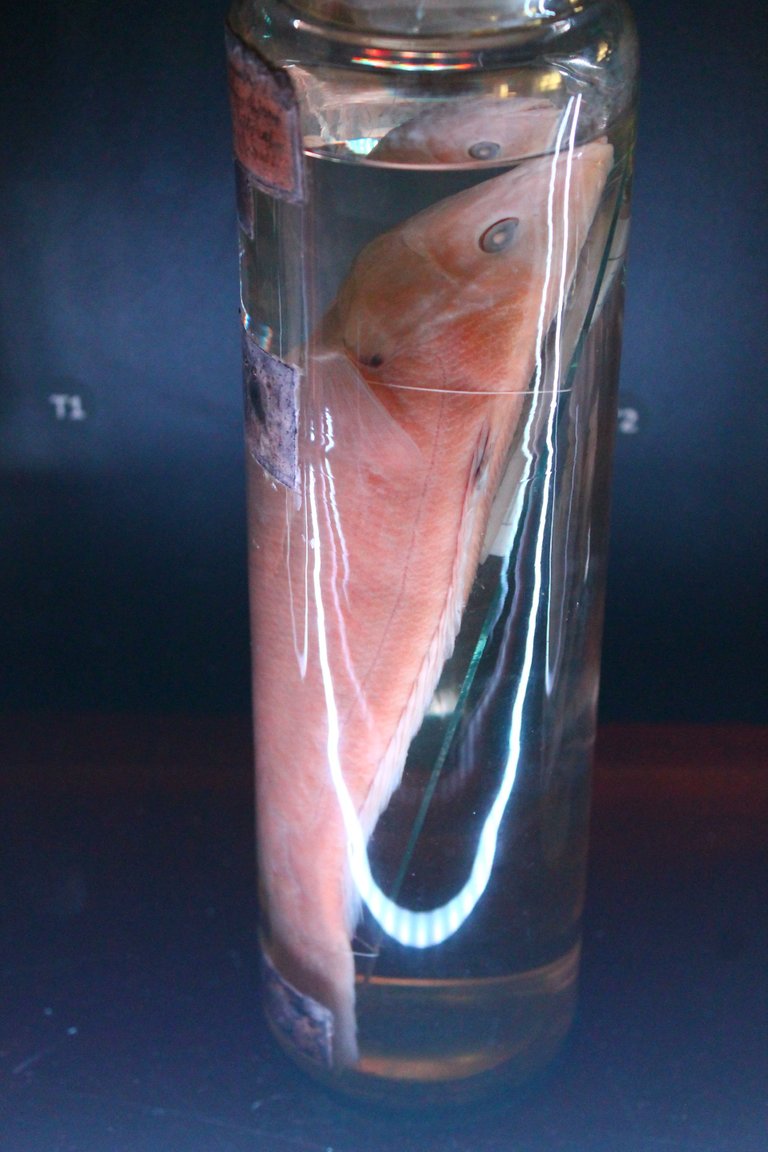
The abyssal name given to these animals comes from the word "abyss", previously mentioned depths of 2000 meters, but there is life in depths of up to 6000 meters, at such depth there are no marine currents this allows the animals not to perform physical efforts to swim against the current, there is a secret in the abyssal animals in which many are unaware and there is always a symbiosis in all of them to create the biological phenomenon of luminescence, therefore it is not the animal that shines, it is the thousands of bacteria that are on your "skin".❗💙🌅🌅
El nombre abisal que se le dan a estos animales proviene de la palabra "abismo", anteriormente mencione profundidades de 2000 metros, pero hay vida en profundidades de hasta 6000 metros, a tanta profundidad no existen corrientes marinas esto les permite a los animales no realizar esfuerzos fisicos para nadar contra la corriente, hay un secreto en los animales abisales en el cual muchos desconocen y siempre hay una simbiosis en todos ellos para crear el fenomeno biologico de luminiscencia, por tanto no es el animal el que brilla, son las miles de bacterias que estan en su "piel".💥💡🧫🧫

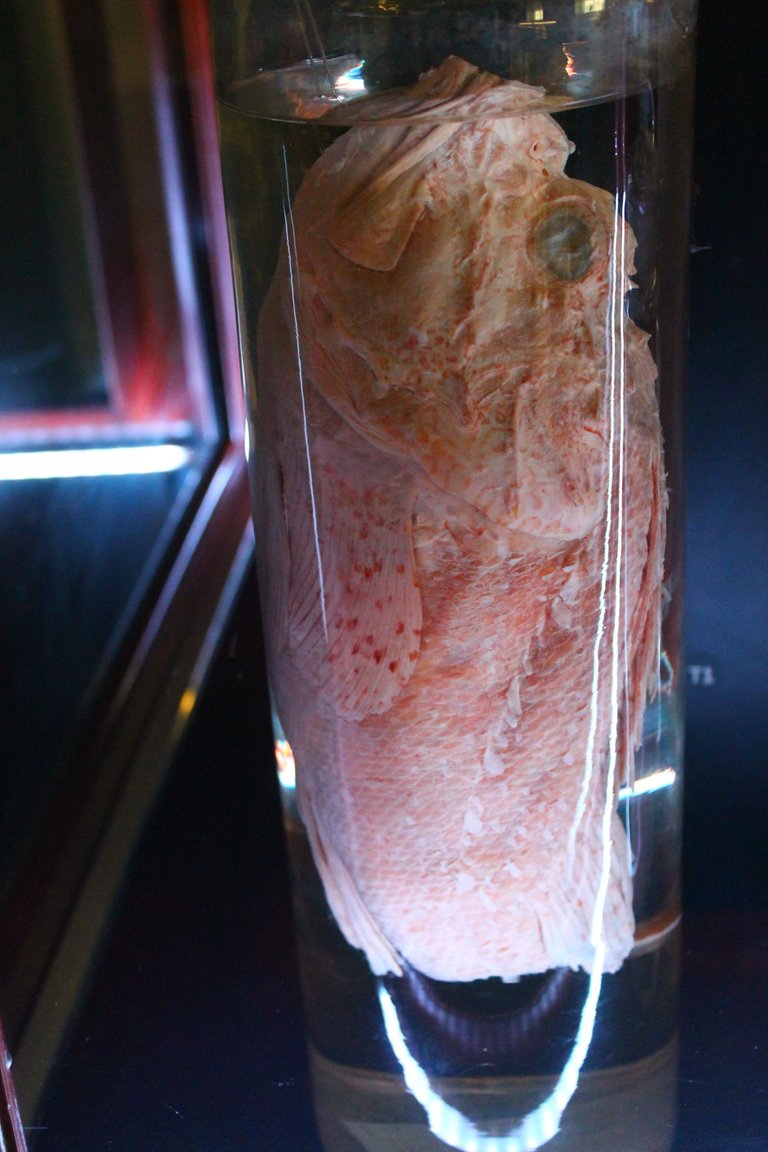
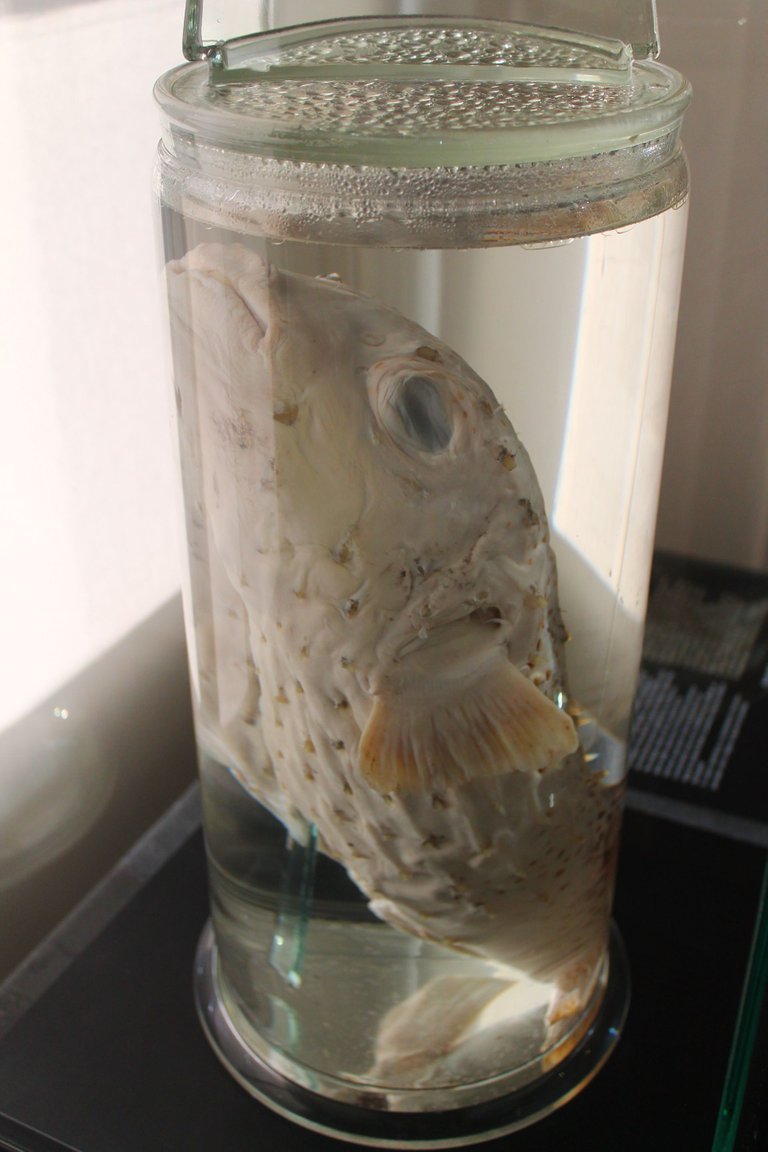
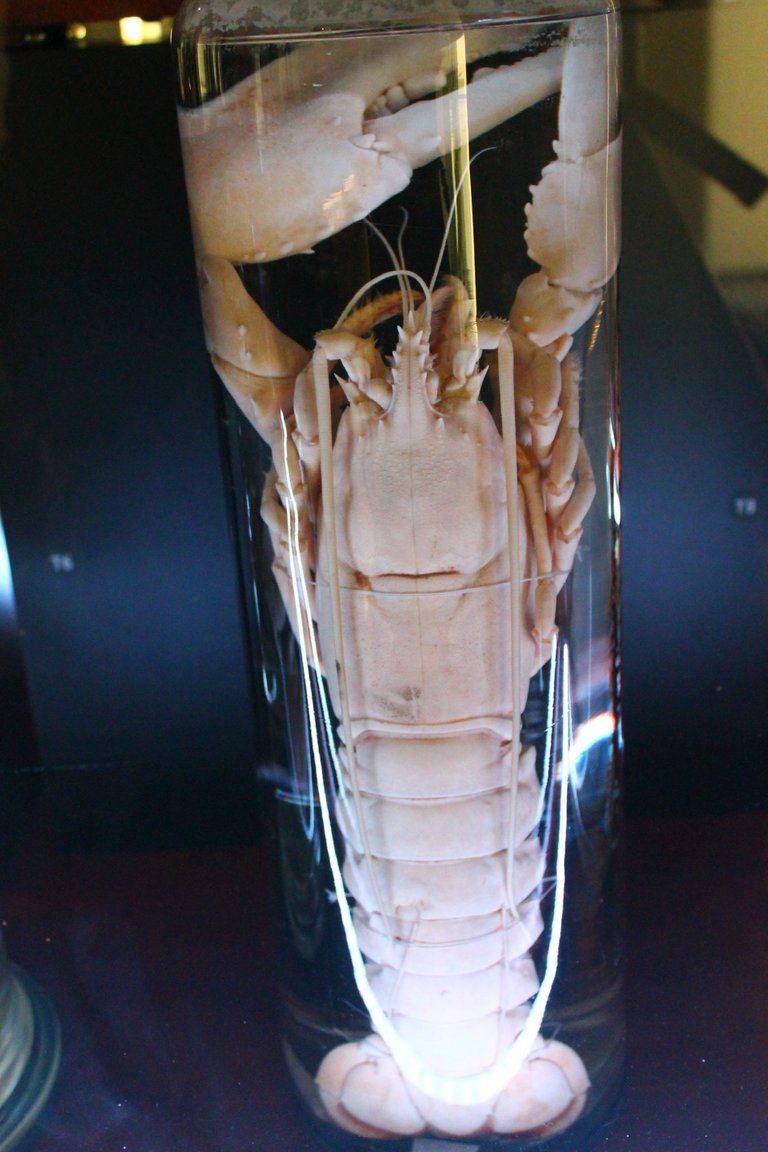
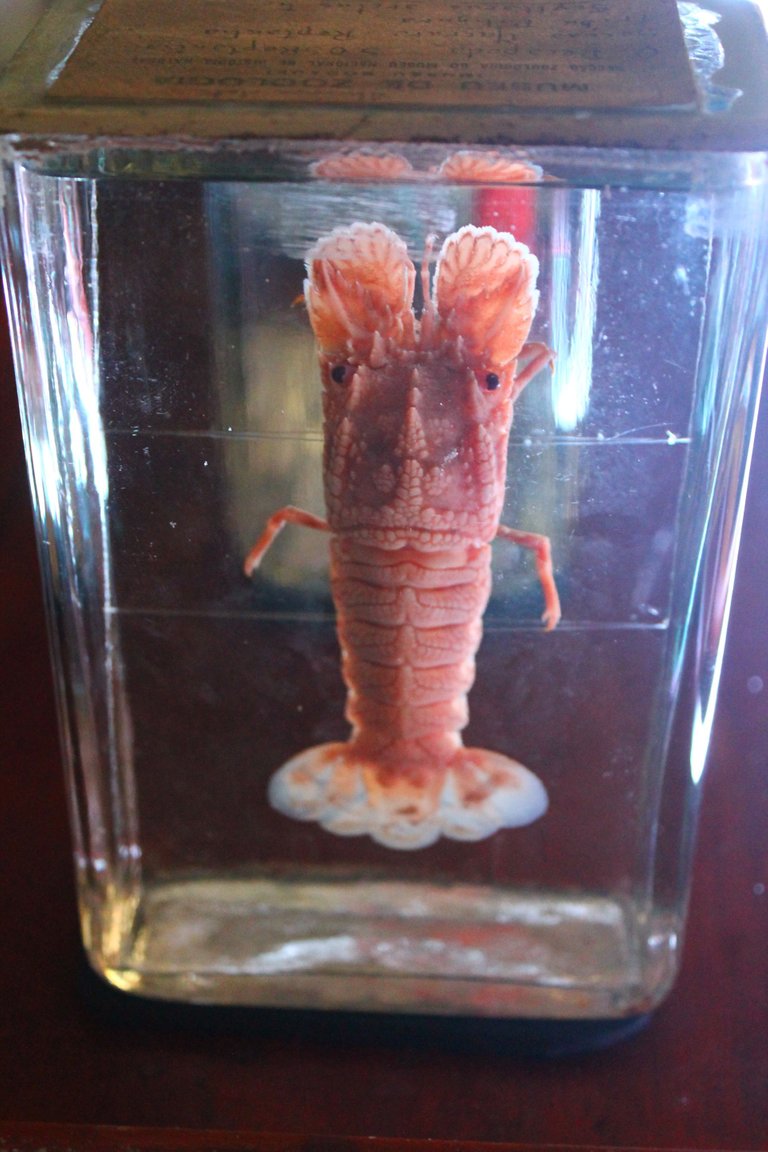
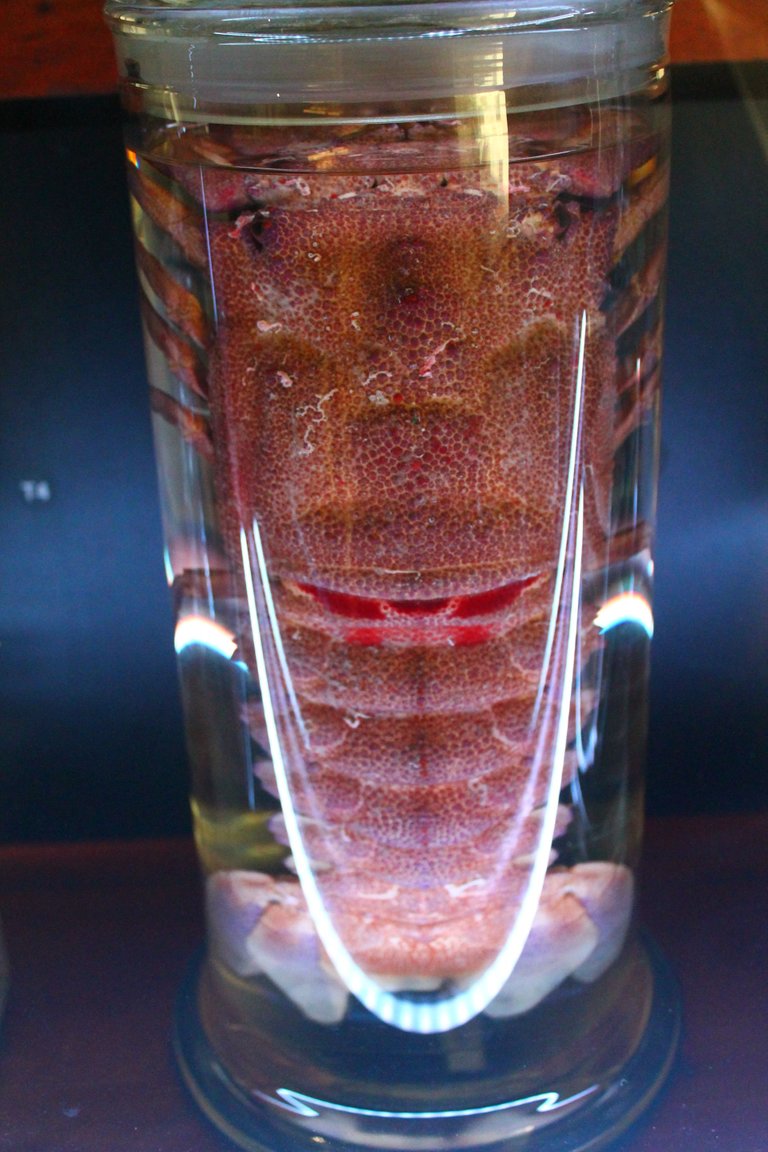
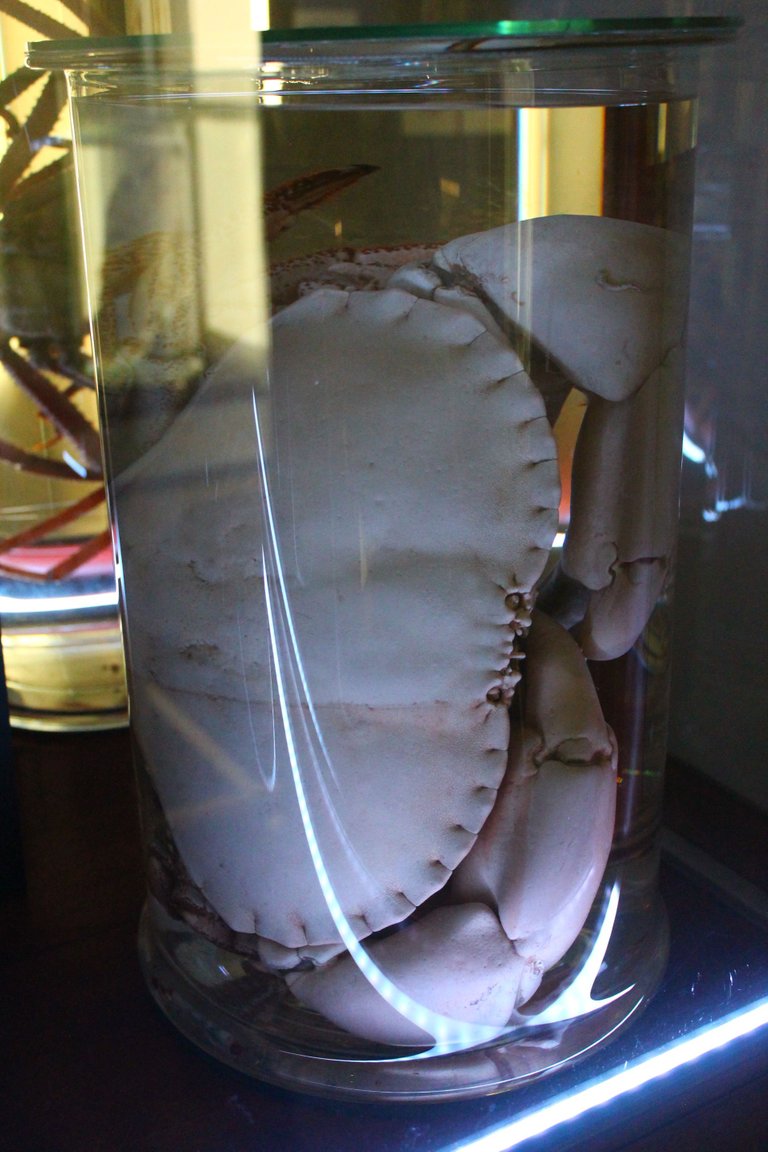
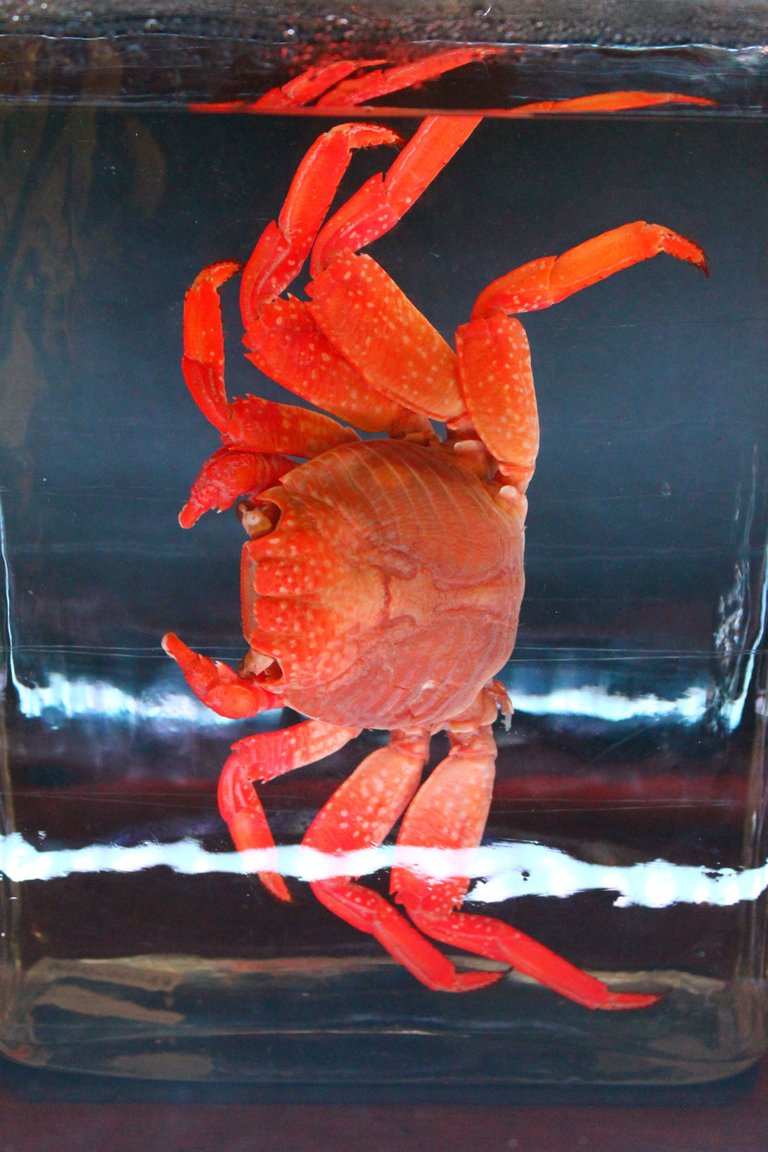
Did you know that the food for large organisms that inhabit the depths of the oceans is carnivorous? So these animals are only carnivores, they can feed on arthropods, or the zooplakton itself, many of the fish have large mouths so chewing is not exerted and they all swallow their prey! Personally, they have to be the stealthiest animals to hunt since losing a prey here in abyssal waters is a death sentence! Do we always see in movies or animated designs a small fish opening a huge mouth and swallowing another larger fish? Although it seems incredible, food is so scarce here that this phenomenon happens: a small fish eats a larger one!🤔😮
Sabias que la alimentacion para los organismos de tamaño grande que habitan los abismos de los oceanos es carnivora? asi es estos animales son unicamente carnivores, se pueden alimentar de artropodos, o el propio zooplacton, muchos de los peces tienen grandes bocas por lo que la masticacion no es ejercida y todos tragan a sus presas! en lo personal tienen que ser los animales mas furtivos para cazar ya que perder una presa aqui en aguas abisales es una sentencia a muerte! siempre vemos en las peliculas o diseños animados un pez pequeño abriendo una enorme boca y tragandose otro pez mayor? aunque parece mentira la comida escasea tanto aqui que este fenomeno sucede un pez pequeño se come otro mayor!😏😏

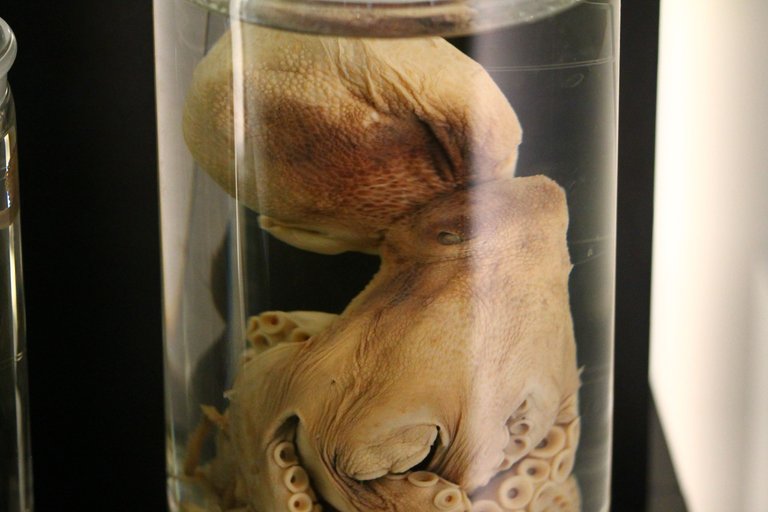
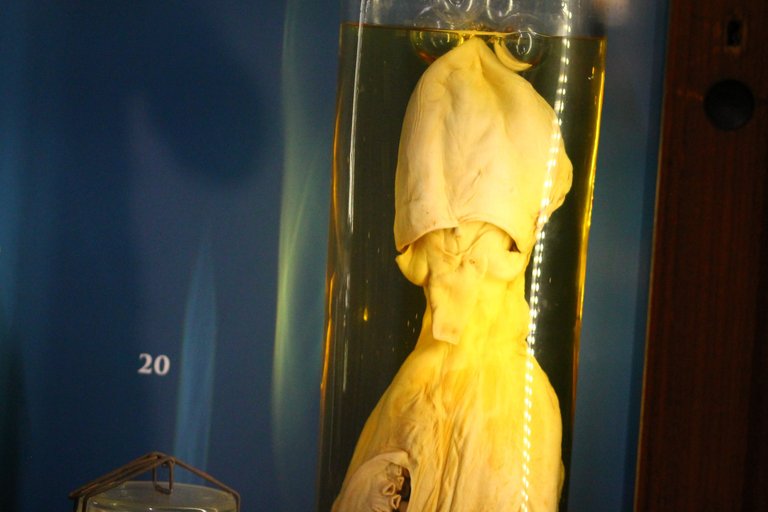
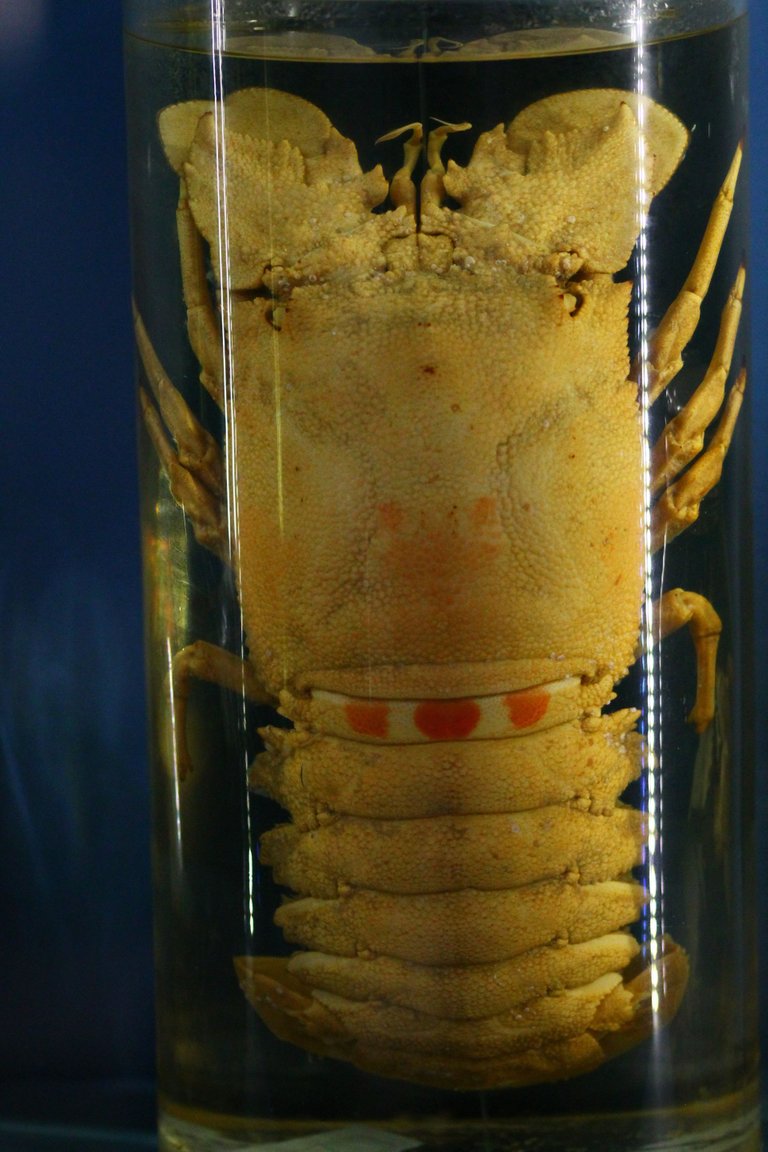
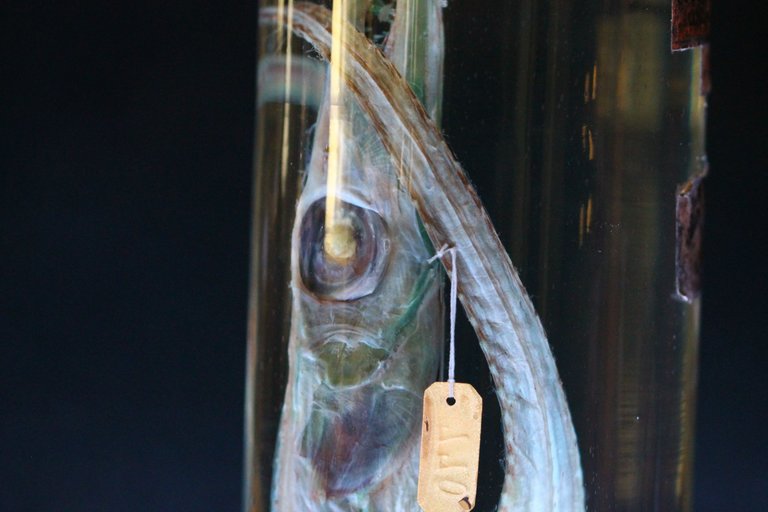
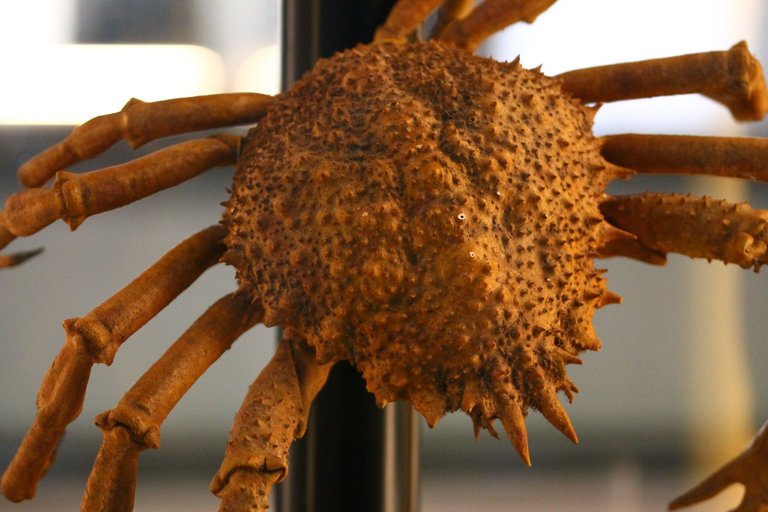

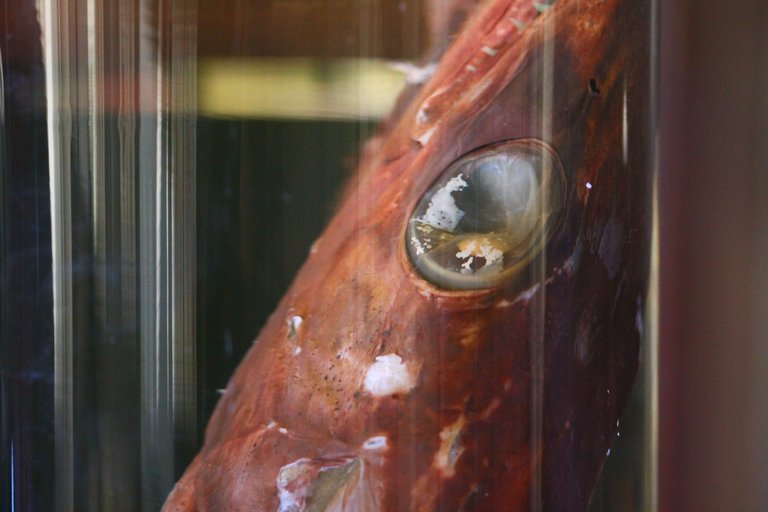
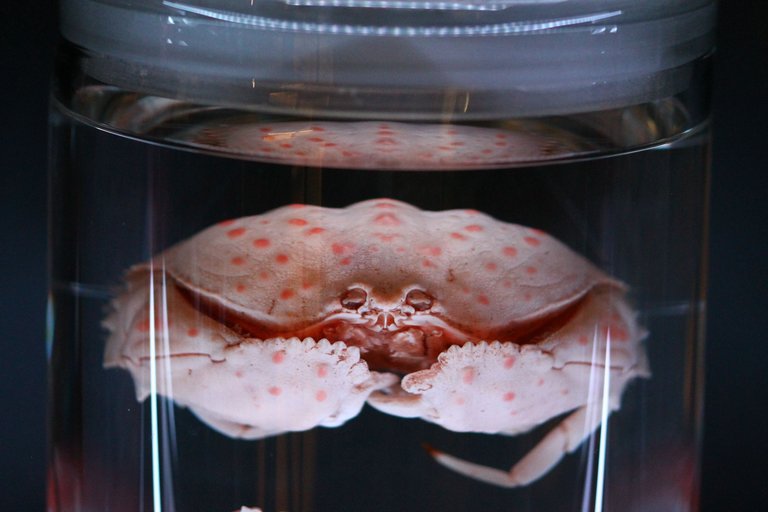

Finally and to close the post, abyssal animals can be found in many waters of various countries, from 100 to 4500 meters deep, on one occasion I read an article about an abyssal shark that is one of the oldest animals on the planet and that it is very difficult to visualize it, this is one of the few animals that its body and physiology did not undergo changes since the age of the dinosaurs!😮🤓🦈🦈
Por ultimo y para cerrar el post, los animales abisales pueden ser encontrados en muchas aguas de varios paises, de entre 100 hasta 4500 metros de profundidad, en una ocasion lei un articulo de un tiburon abisal que es uno de los animales mas antiguos del planeta y que es muy dificil de visualizarlo, este es uno de los pocos animales que su cuerpo y fisiologia no sufrio cambios desde la era de los dinosaurios!🌍🌎

DNA is an organization to foster and DENSIFY NATURE-APPRECIATION which aims to establish REPORTS OF BIODIVERSITY DATA that is contributed by all of us Hiveans and subsequently cataloged.
Therefore DNA searches for HIGH-QUALITY posts that aim to DESCRIBE and determine the BIODIVERSITY AROUND YOU with added EXPLANATIONS and INFORMATION. For these informative posts they offer a CURATION SERVICE using the @dna.org account. It is also a CURATION TRAIL. Just add the #dna TAG if you think that any of your posts is what they are looking for.
THANKS FOR READING ME (PHOTOS OF MY PROPERTY)🙂🧠🦾👍
https://peces.animalesbiologia.com//actualidad/peces-abisales
https://www.fundacionaquae.org/wiki-explora/42_abisal/index.html













































Very nice things in a jar ... it looks like winter because some of these things while alive end up on a delicious menu menu ;))
Brilliant abyssal animal photos and gifs along with a very informational post!
Keep up the fantastic work! @oscurity
Upvoted and curated
This post is like stepping into some museum!
Small fish eating big ones - now that's a new one!
It was also new for me, apparently there is almost no food down there, the advantage is that since they have no bones, their mouths open more than normal and that is why they can prey a prey twice the size! thanks for your opinion hugs
@oscurity Wow - The diversity of the abyssal animals is just mind blowing. One thing that always strike me is that Abyssals still seem to have eyes but obviously they do not have any relation to seeing visible spectrum of light. Then what exactly are they for I always wonder
thanks for this good information :)
@tipu curate 3
Thanks for your contribution to the STEMsocial community. Feel free to join us on discord to get to know the rest of us!
Please consider delegating to the @stemsocial account (85% of the curation rewards are returned).
You may also include @stemsocial as a beneficiary of the rewards of this post to get a stronger support.
Very entertaining post! It reminded me of a few Youtube videos about the kind of wildlife you encounter as you go down into the sea, even to the deepest depths.
I also remember watching a documentary that some of these deep sea animals are mostly scavengers. They feed on the carcasses of sinking animals, notably whales, which can last a long time, providing a long-lasting ecosystem down there.
BTW, on this part:
It left me a bit puzzled, as I am learning that sea water has a freezing point below zero degrees Celsius. Is that what you meant?